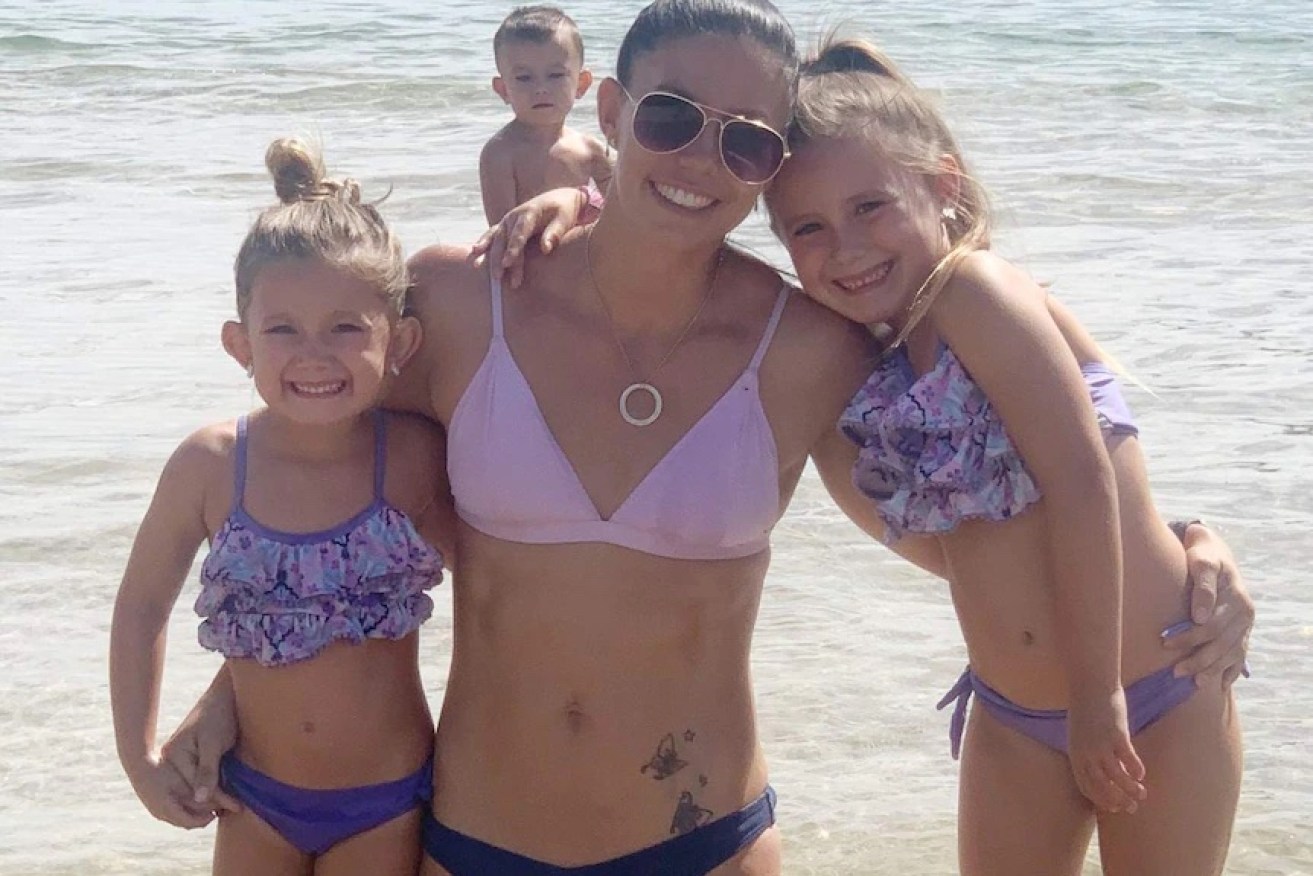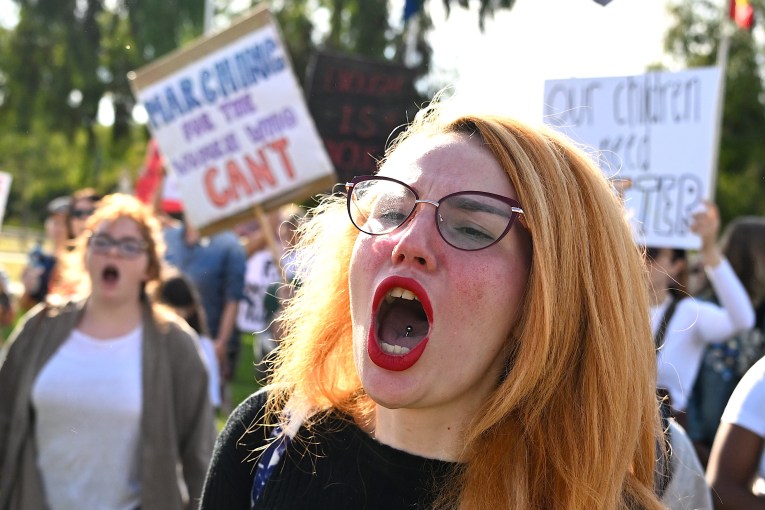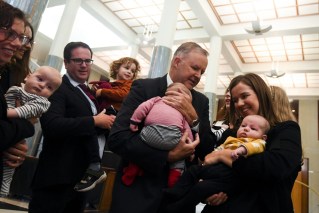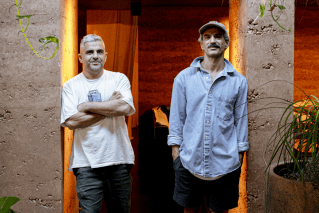Copycat cowards: Research suggests domestic violence coverage may spur similar crimes
Graphic media coverage of domestic violence has been linked to copycat behaviour and used as a chilling threat against terrified partners, research has found.

Hannah Clarke and her children who were murdered by Rowan Baxter before he killed himself.
Explicit reports on the deaths of Hannah Clarke and her three children in Brisbane and Kelly Wilkinson on the Gold Coast prompted a surge in cases of similar violence, according to the University of Queensland study.
The study, published on Thursday, interviewed domestic and family violence support workers from across southeast Queensland.
Clarke was leaving her parents’ Brisbane home with her three children when her estranged husband forced his way into her vehicle and set the car alight on February 19, 2020
Just over a year later, in April 2021, Kelly Wilkinson was set alight in her backyard, allegedly by her estranged husband.
The crimes dominated national headlines and were closely followed by a spike in copycat attacks, the study found.
“These dousing incidents or threats to burn … spike just like with any fatality and media interest in domestic violence or a high-profile (case where) a woman’s killed, a family is killed,” one worker told the study.
“Always, whether it’s related to fire or dousing or whether it’s something else, men will leverage those common media stories to instil fear and promote their agendas as another form of control.”
The study said a significant number of threats directly referred to Hannah Clarke, with the warning: “You’re going to end up just like her.”
The report also found that coverage of the attacks could be used as a weapon by perpetrators to threaten and intimidate partners.
“We saw a lot of perpetrators print the news story around Hannah Clarke and the children and just send it to their ex-partner who had the kids,” one DV worker said.
“No words on it, just ‘Have a look at this’.”
Researcher Dr Rebecca Wallis said there had been little research on the impact of media reporting on domestic violence patterns.
“As a community, we need to be conscious of the possible outcome of news reporting and be prepared to provide the necessary support,” Wallis said.
“Knowing DFV cases may surge following news coverage can help service providers and law enforcement prepare, including ensuring more staff are available.”
She said that while overly sensationalistic reporting should be avoided, there were positives, with the media successfully raising awareness and encouraging victims to speak out.
“One potential positive effect of increased reporting, particularly of dousing threats and the use of fire, is victims may identify the behaviour in their own experiences,” Wallis said.












